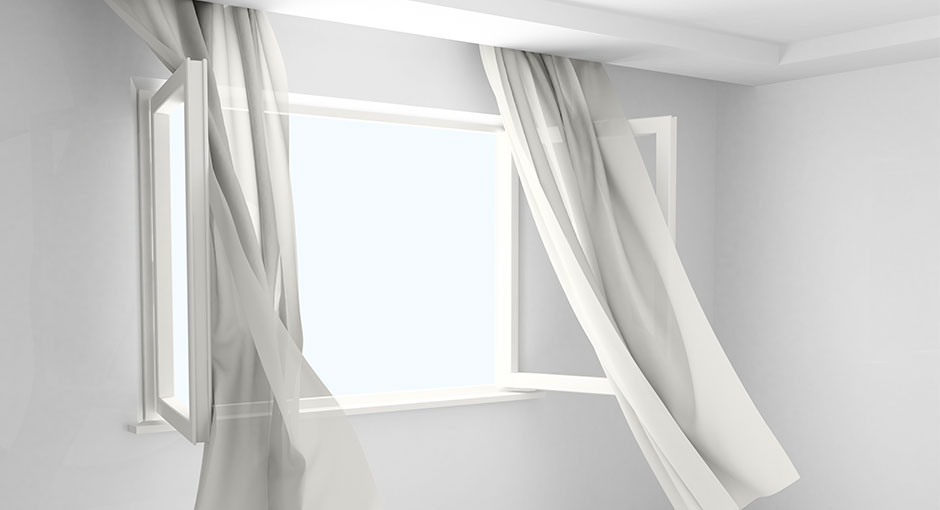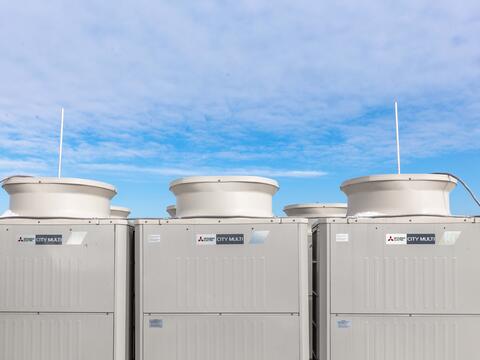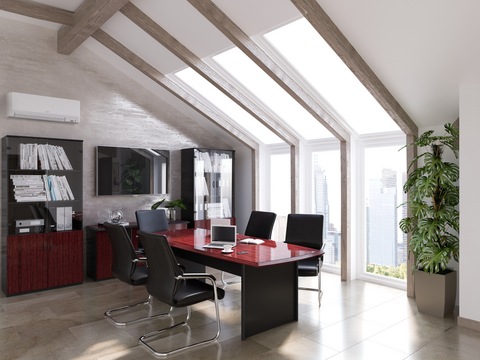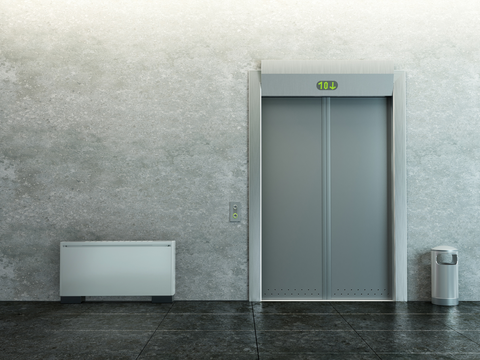Ways to Improve Your Indoor Air Quality

One of the surest ways families can keep healthy is to breathe clean and fresh air inside their home.
According to the U.S. Environmental Protection Agency, air pollution is one of the top five environmental health risks facing Americans. Many people are surprised to learn that their indoor air quality is often worse than the air outside. Some pollutants cause sore eyes, burning noses and throats, headaches or fatigue. Others cause or worsen allergies and other chronic conditions.
Here are five basic ways to improve indoor air quality:
1. Prevention
One of the most effective ways to improve your indoor air quality is to remove or reduce the sources of pollution inside your home, such as tobacco smoke, paints or solvents and cleaning supplies. Don’t allow smoking indoors. Keep pets out of bedrooms and off furniture. Control pests. Keep all areas dry. Vacuum, dust and clean often. Wash your sheets and blankets weekly. Inspect fuel-burning appliances regularly for leaks.
2. Ventilation
An effective way to eliminate indoor pollutants once they arrive is to ventilate your home with clean outdoor air by opening windows and doors or using fans. Always ventilate when using products that release pollutants into the air. If the outdoor air is too contaminated or the weather makes it difficult to naturally ventilate your home, mechanical or electronic devices may be necessary.
3. Air Filtration
Mechanical air filters, such as high efficiency particulate air (HEPA) filters, remove unwanted particles from the air by capturing them on materials. These filters are good at catching large airborne particles like dust, pollen, mold, and dust mites. Anti-allergen enzyme filters use artificial enzymes to decompose dead mites, pollen and other allergens. Filters using catechin, a bioflavonoid in green tea, deodorize and fight bacteria. Whichever filters are used should be cleaned and changed regularly in accordance with your system’s operating instructions.
4. Electronic Air Cleaners
Electronic air cleaners use electrostatic attraction to trap particles. Ion generators, or ionizers, disperse charged ions into the air, which attach to airborne particles, giving them a static charge so they cling to nearby surfaces or each other, and settle faster.
5. Humidity Control
Indoor humidity can affect the concentration of some outdoor air pollutants. High humidity increases the likelihood of mold. Use dehumidifiers or a good cooling and heating system to keep the humidity between 30 and 50 percent.
The health benefits of clean air are proven. A study by researchers at Brigham Young University and Harvard School of Public Health showed that the average life expectancy in 51 U.S. cities increased by about five months per person thanks to cleaner air. Research from Lawrence Berkeley National Laboratory shows that better indoor air can increase comfort, reduce adverse health effects and improve productivity.
Investments in time, money and effort to keep indoor air clean have proven, direct health benefits and contribute to well-being in your home.
SOURCES
Residential Air Cleaners (Second Edition): A Summary of Available Information, US Environmental Protection Agency
U.S. Environmental Protection Agency: Care for Your Air: A Guide to Indoor Air Quality
Centers for Disease Control and Prevention







